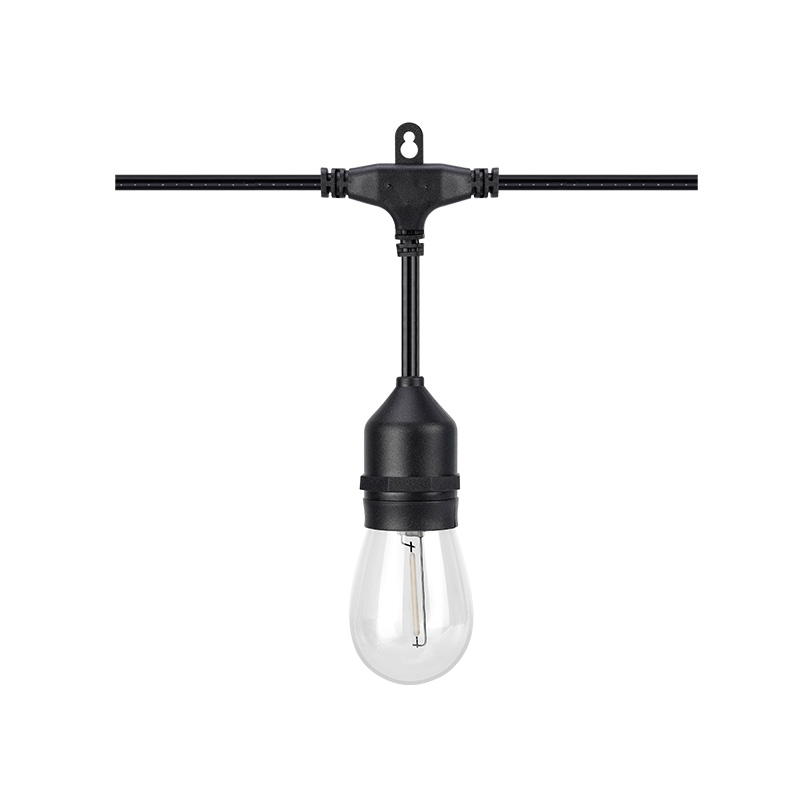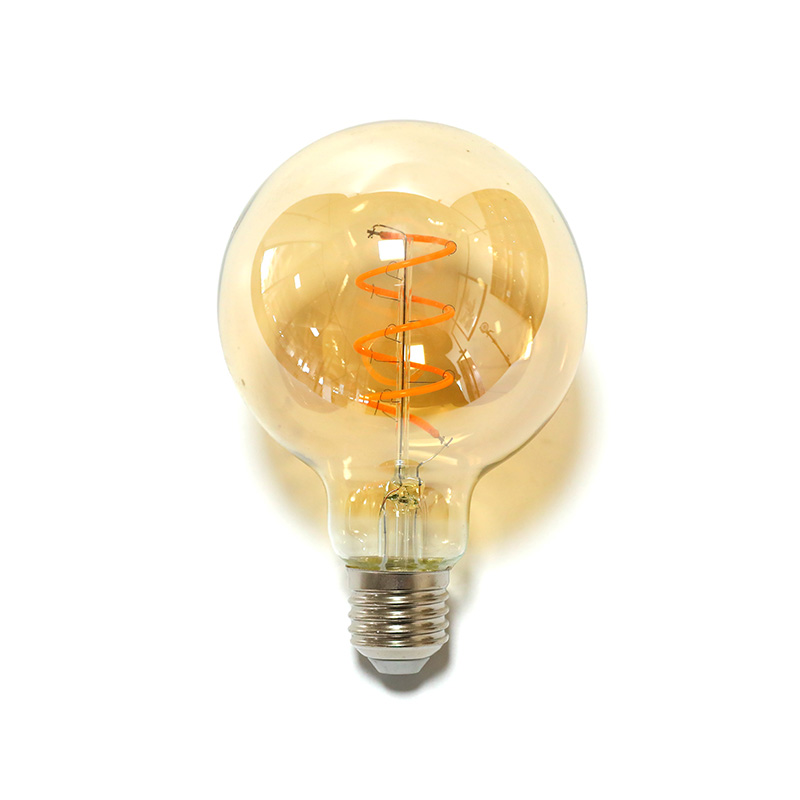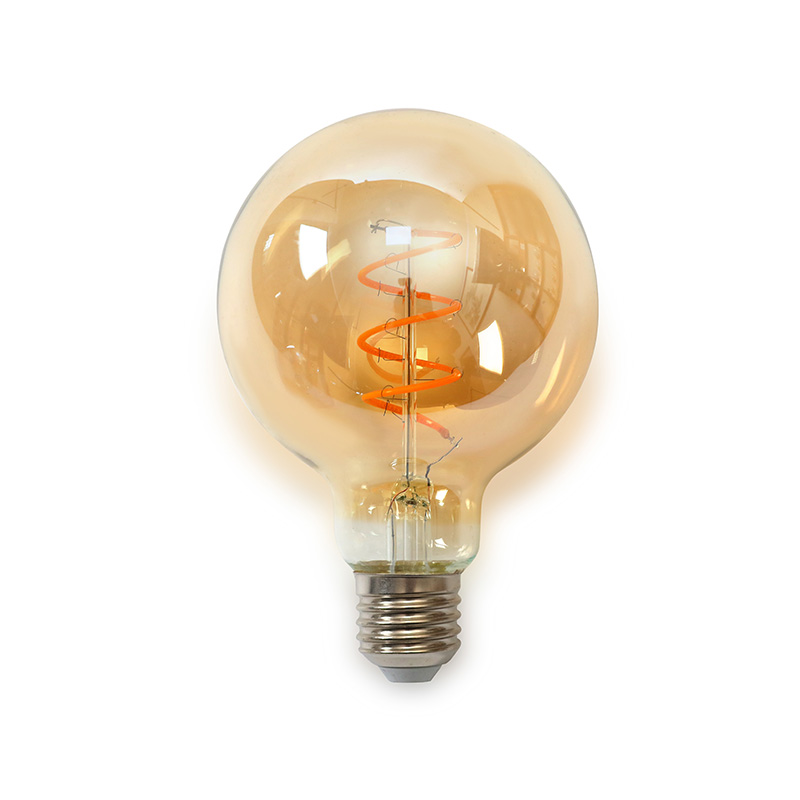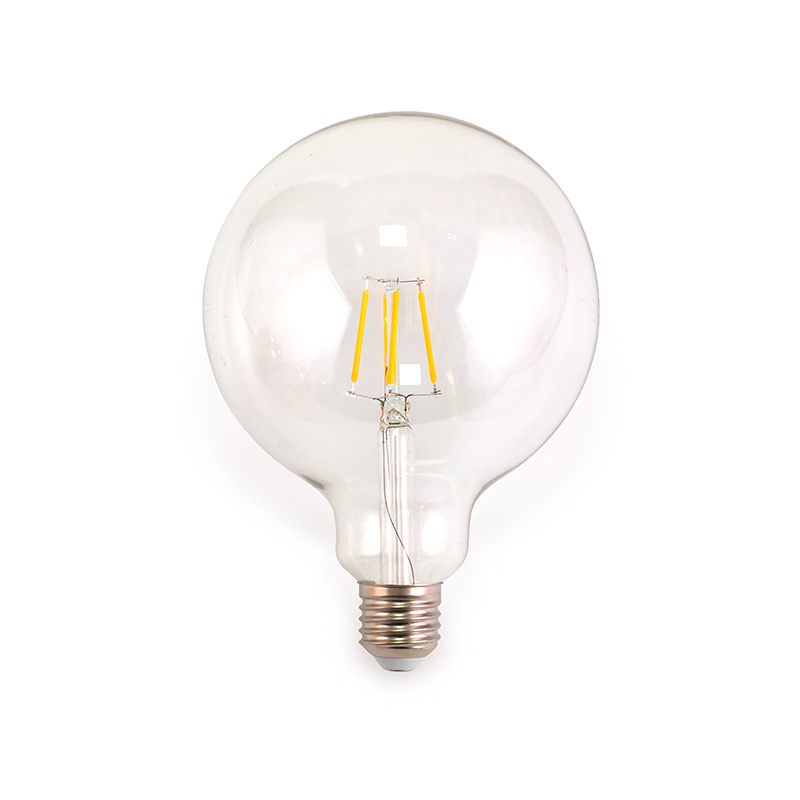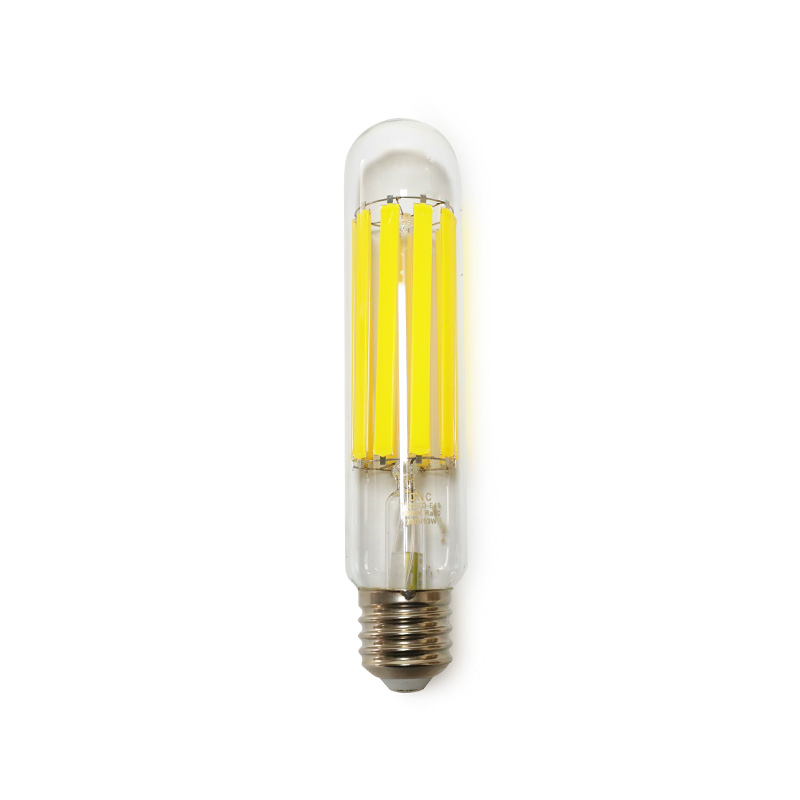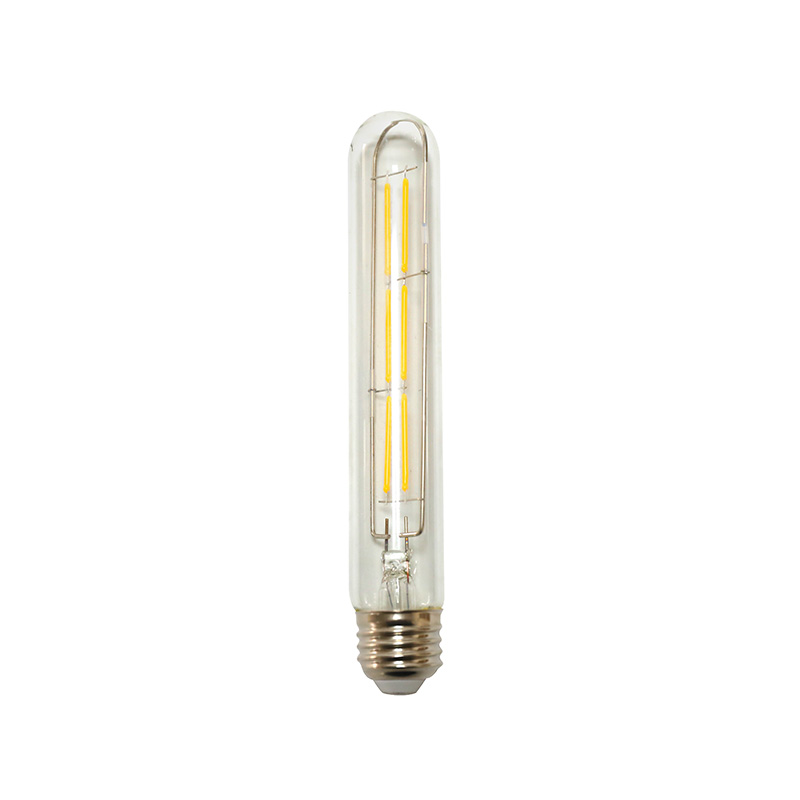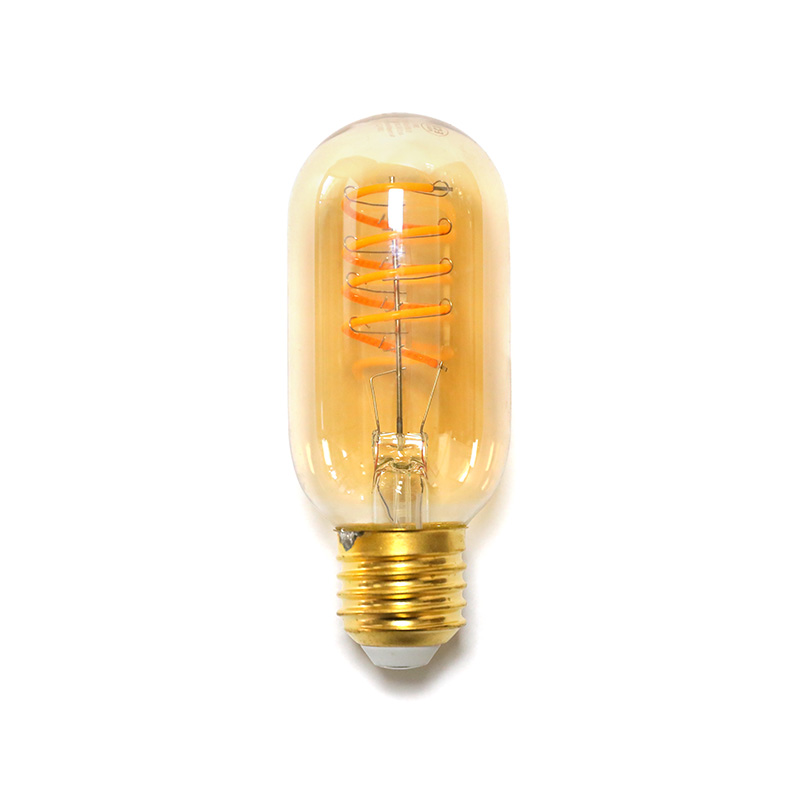The humble string of Christmas lights holds a special kind of magic. It has the power to transform an ordinary home into a festive wonderland, evoke feelings of warmth and nostalgia, and become the glittering centerpiece of holiday memories. But with so many options available, selecting the right lights can feel overwhelming. Do you go with classic warm white or a vibrant multi-color? How bright is too bright? This guide will cut through the confusion and illuminate the path to choosing the perfect color and brightness for your holiday display, ensuring your home shines with festive cheer.
The Heart of the Holiday: Understanding Color Psychology
Before we dive into technical specs, it’s crucial to understand the emotional impact of color. The hues you choose for your Christmas lights set the entire tone for your holiday décor.
Warm White Christmas Lights: The Classic Embrace
Warm white is the undisputed champion of nostalgia and elegance. This soft, golden glow mimics the light of traditional candle flames, creating an atmosphere of warmth, comfort, and tranquility.
Ideal For: Crafting a classic, sophisticated, and cozy aesthetic. It’s perfect for highlighting architectural features like rooflines and windows, wrapping trees for a magical effect, and creating a serene indoor environment. If your décor theme is rustic, traditional, or winter-white, warm white is your go-to choice.
Pro Tip: Not all “white” lights are created equal. Pay attention to the color temperature, measured in Kelvins (K). For that true, nostalgic glow, look for bulbs in the 2200K-2700K range, often labeled as “warm white” or “soft white.” Avoid “daylight white” (5000K-6500K), which emits a harsh, blue-tinged light that can feel cold and clinical.
Cool White Christmas Lights: The Winter Wonderland
Cool white lights emit a bright, crisp, almost icy glow. This color evokes the fresh, clean feeling of a frosty morning or snow glittering under moonlight.
Ideal For: Creating a modern, winter-themed display. They pair beautifully with silver, blue, and purple decorations. Use them to simulate icicles, complement a “Frozen”-inspired theme, or add a sharp, contemporary contrast to a more traditional setup.
Consideration: Because of their stark brightness, cool white lights can sometimes feel less “cozy” than warm white. They are best used strategically rather than blanketing your entire house.
Multi-Color Christmas Lights: The Festive Celebration
Multi-color strings are a joyful explosion of festive energy. They are playful, lively, and incredibly fun, often reminding us of the brightly decorated trees of our childhood.
Ideal For: Families with young children, creating a playful and energetic vibe, and complementing a maximalist décor style filled with ornaments of all colors. They are fantastic for outdoor bushes, trees, and porches where you want to project a sense of celebration and whimsy.
Pro Tip: Check the color combination on the box. Some multi-color sets lean toward traditional primary colors (red, green, blue, yellow), while others might feature more jewel tones (purple, teal, orange) or even pastels.
Single Color Lights: Making a Bold Statement
Beyond white, choosing a single color can create a dramatic and stylish impact. A string of all red lights feels passionate and classic, all green lights can accentuate foliage, and all blue lights create a cool, serene ambiance.
Ideal For: Thematic decorating. For example, blue and white for Hanukkah, red and green for a classic Christmas, or even your favorite team’s colors for a festive touch.
Shedding Light on Brightness: Lumens, Bulb Types, and Spacing
Brightness is just as important as color. A display that’s too dim will get lost in the darkness, while one that’s overly bright can become an eyesore for you and your neighbors.
Understanding Bulb Technology: LED vs. Incandescent
This is the most critical decision affecting both brightness and energy use.
Incandescent Christmas Lights: These are the traditional bulbs many of us grew up with. They produce light by heating a filament inside the bulb.
Brightness & Feel: They offer a softer, diffuse glow that some find more authentic and warm. However, their brightness is generally lower than LEDs.
Considerations: They are less energy-efficient, generate significant heat (a potential fire hazard if misused), have a shorter lifespan, and can be fragile.
LED Christmas Lights: Light Emitting Diodes (LEDs) have become the modern standard for good reason.
Brightness & Feel: LEDs are inherently brighter and more focused than incandescent bulbs. Advances in technology have led to “filament LEDs” that replicate the look of traditional bulbs while maintaining their efficiency. You can find LEDs in both warm and cool color temperatures.
Advantages: They are extremely energy-efficient (using up to 90% less electricity), remain cool to the touch, are highly durable, and have an incredibly long lifespan. They are a safer and more cost-effective choice in the long run.
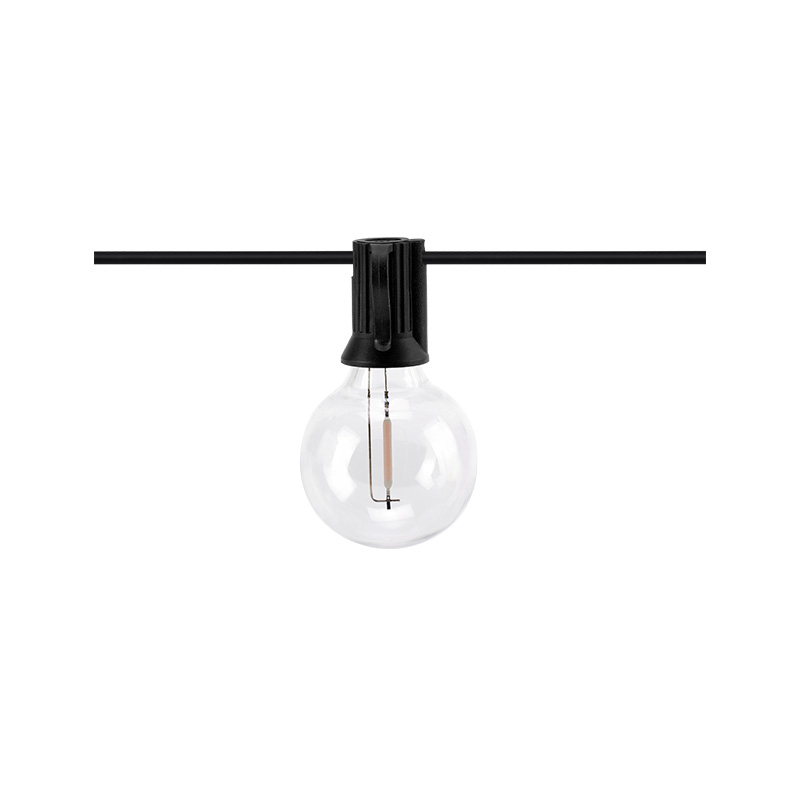
Measuring Brightness: What are Lumens?
While wattage measures energy consumption, lumens (lm) measure the actual amount of light produced. When comparing strings, look for the lumen output per bulb.
A standard incandescent C7 bulb might output around 5 lumens.
An equivalent LED C7 bulb can output 10+ lumens, making it significantly brighter while using a fraction of the energy.
The Impact of Bulb Size and Spacing
The physical characteristics of the string light greatly affect its overall appearance and intensity.
Bulb Size: Common sizes include:
C6 / C7 / C9: These are larger, conical bulbs often used for outdoor roof lines and landscaping. They are bold and highly visible from a distance.
MM6 / G12 / G25: These are smaller, strawberry-shaped or globe bulbs perfect for trees, bushes, and indoor trees.
String Lights / Rope Lights: These provide a continuous line of light, ideal for outlining windows, doors, and pathways.
Spacing: The distance between each bulb on the string determines the density of light.
Wide Spacing (6" - 12"): Creates a more defined, sparkly effect where you can see individual points of light. Great for wrapping columns or outlining structures.
Close Spacing (2" - 4"): Creates a dense, lush curtain of light that is brilliant for wrapping bushes and trees, as it provides excellent coverage and hides the wire well.
Putting It All Together: A Practical Guide for Your Home
Now that you understand the variables, let’s apply them to real-world scenarios.
For the Outdoor Display:
Rooflines and Gutters: For clear visibility from the street, choose C9 bulbs. For a classic look, opt for warm white LEDs. For a vibrant, festive curb appeal, a multi-color LED set is perfect. The larger bulb size and higher lumen output will ensure your home stands out.
Trees and Large Shrubs: This is where you can play with effect. For a magical, fairy-tale look, warm white mini lights or wide-angle globe LEDs wrapped densely throughout the branches are stunning. For a more playful feel, multi-color lights work wonderfully. For large trees, consider net lights for easy application.
Pathways and Railings: Cool white or warm white rope lights or closely-spaced string lights are excellent for defining pathways and adding safety alongside style.
For the Indoor Christmas Tree:
This is the centerpiece of your home, so choose wisely.
The Traditional Tree: You can’t go wrong with warm white lights. They provide a gorgeous base glow that makes ornaments and tinsel sparkle without overwhelming them. A good rule of thumb is to use 100 lights per foot of tree height.
The Whimsical Family Tree: Multi-color lights are the heart of a fun, family-friendly tree. They provide a cheerful backdrop for homemade ornaments and colorful decorations.
The Modern Statement Tree: A tree decorated solely in silver, blue, and gold ornaments would be beautifully complemented by cool white LEDs. For an ultra-modern look, some even use a single color of light, like blue or red.
Creating Depth and Interest:
The most professional-looking displays often use more than one type of light.
Layer Your Lighting: Don’t just drape lights on the front of your shrub. Weave them inward to create depth and make the entire bush glow from within.
Combine Colors and Types: Use bright white C9 bulbs on your roof to outline the house, but then use warmer white mini lights in your landscaping to create a welcoming contrast. A tree can have a base layer of warm white lights with a few strategically placed strands of colored lights for pops of festive color.
Final Checklist Before You Buy
Measure: Measure the area you want to cover (length of roofline, circumference of tree) to determine how many feet of lights you need. Always buy a little extra.
Test Color Temperature: If possible, see a string lit up in person before purchasing. The label’s description of “warm white” can vary between brands.
Check Ratings: For outdoor use, ensure the lights are rated for “Outside” or “Outdoor Use.” Indoor-only lights are not built to withstand moisture.
Review Functionality: Decide if you want steady lights or a string with multiple functions (twinkling, chasing, fading). Often, simpler is better for a cohesive look.
Think Long-Term: Investing in high-quality LED Christmas lights might cost more upfront, but their longevity and energy savings will pay off for many seasons to come.
Choosing your Christmas Light String Bulbs are part of the holiday fun. By understanding the emotional language of color and the practical science of brightness, you can move beyond guesswork and create a display that truly reflects your festive spirit and brings joy to all who see it. Happy decorating

 English
English русский
русский